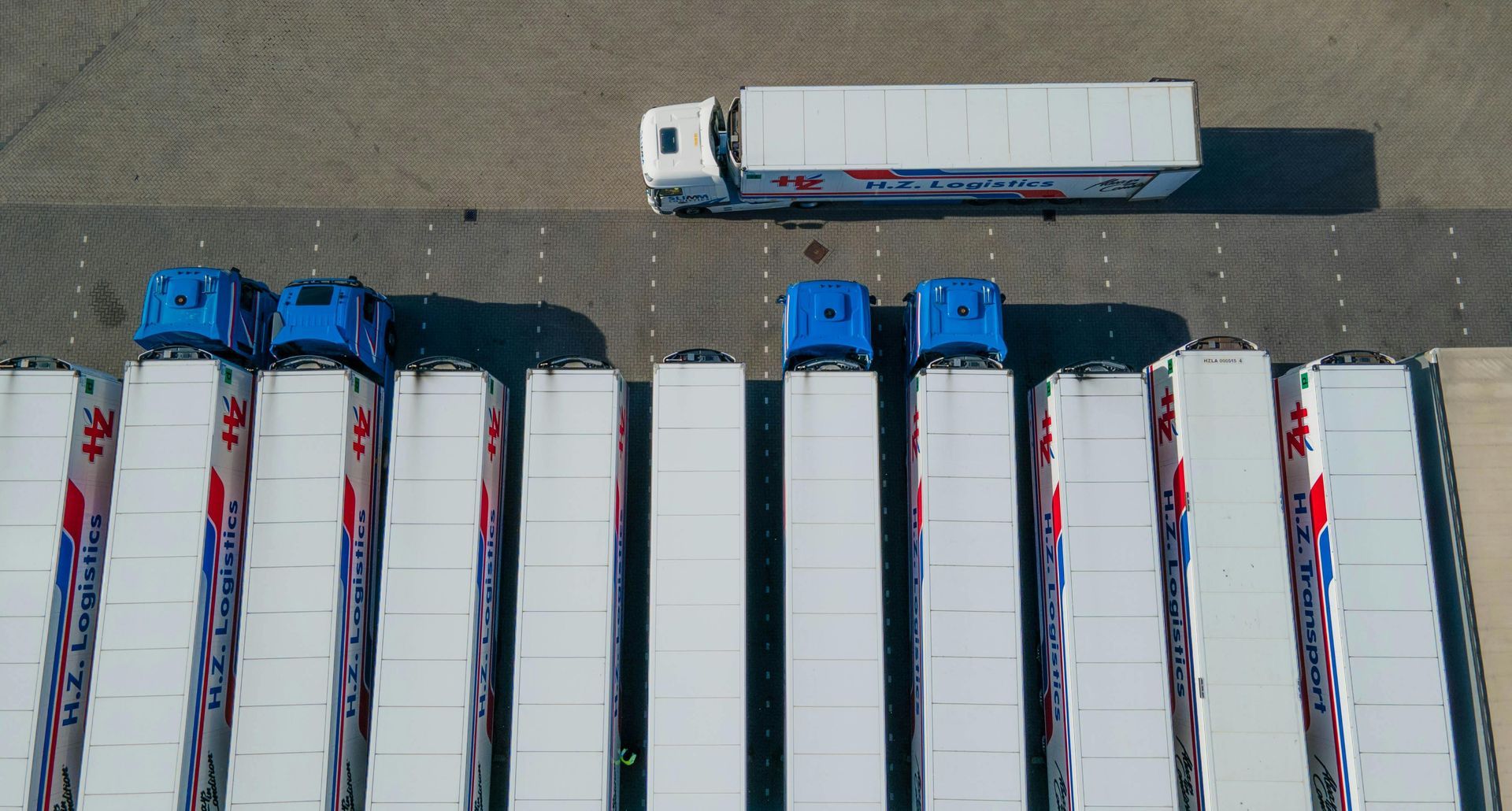WELCOME TO FIG's BLOG.
Construction Accounting: Best Practices for Managing Project Budgets

Construction accounting differs significantly from traditional business accounting due to project-based operations, long-term contracts, and complex cost allocation requirements. Effective budget management is crucial for profitability and requires specialized approaches that address the unique challenges of construction projects.
Understanding Construction Accounting Fundamentals
Project-Based Accounting Structure:
Construction companies must track costs, revenues, and progress for each project separately while maintaining overall company financial records. This requires sophisticated chart of accounts structures that capture project-specific information while enabling consolidated reporting.
Each project functions as a profit center with its own budget, timeline, and performance metrics. The accounting system must accommodate varying project sizes, durations, and complexity levels while providing consistent reporting and analysis capabilities.
Long-Term Contract Accounting:
Construction projects often span multiple accounting periods, requiring special revenue recognition methods that match revenues with costs over the project lifecycle. The most common methods include:
- Percentage-of-Completion Method: Recognizes revenue based on project completion percentage
- Completed-Contract Method: Defers revenue recognition until project completion
- Cost-to-Cost Method: Calculates completion percentage based on costs incurred versus estimated total costs
- Units-of-Work Method: Bases completion on physical units completed versus total units
Budget Development and Structure
Comprehensive Bid Preparation:
Effective project budgets begin with thorough bid preparation that considers all project requirements, risks, and opportunities. This process should include:
Direct Cost Estimation:
- Material costs with current pricing and escalation factors
- Labor costs including wages, benefits, and productivity factors
- Equipment costs for owned and rented equipment
- Subcontractor costs with detailed scope definitions
Indirect Cost Allocation:
- Project management and supervision costs
- Temporary facilities and utilities
- Insurance and bonding requirements
- Permit and regulatory compliance costs
Risk Assessment and Contingencies:
- Weather and seasonal factors
- Site condition uncertainties
- Regulatory and permitting risks
- Market volatility and pricing risks
- Schedule acceleration or delay possibilities
Profit Margin Analysis:
- Competitive market conditions
- Project complexity and risk levels
- Company capacity and resource availability
- Client relationship and payment history
- Strategic value and portfolio fit
Cost Accounting Systems
Job Cost Tracking:
Effective construction accounting requires detailed job cost tracking that captures all project expenses and allocates them properly to specific cost categories and work breakdown structure elements.
Cost Code Structure:
Develop comprehensive cost code structures that align with industry standards (such as Master Format) while meeting company-specific reporting needs. Common cost categories include:
- Labor: Direct and indirect labor costs by trade and activity
- Materials: Permanent and temporary materials by system or component
- Equipment: Owned equipment usage and rental costs
- Subcontractors: External contractor costs by scope of work
- Other Direct Costs: Project-specific expenses not included in other categories
Time and Material Tracking:
Implement systems that capture labor hours and material usage in real-time, enabling accurate cost allocation and progress measurement. Modern solutions include:
- Mobile time tracking applications for field personnel
- Barcode or RFID systems for material tracking
- Equipment monitoring systems for usage tracking
- Integration with payroll and purchasing systems
Purchase Order and Commitment Tracking:
Track purchase orders and subcontractor commitments to provide accurate project cost projections that include both incurred costs and outstanding commitments. This enables better cash flow forecasting and budget management.
Progress Measurement and Revenue Recognition
Percentage-of-Completion Calculations:
Accurate progress measurement is crucial for proper revenue recognition and project evaluation. Common methods include:
Cost-to-Cost Method:
Calculate completion percentage by dividing costs incurred to date by total estimated project costs. This method works well when costs are incurred proportionally throughout the project.
Physical Progress Method:
Measure completion based on physical work completed, such as cubic yards of concrete placed or square feet of building completed. This method provides accurate progress measurement for projects with clearly defined physical milestones.
Milestone Method:
Recognize revenue based on achievement of specific project milestones or deliverables. This method works well for projects with distinct phases or deliverable components.
Revenue Recognition Compliance:
Ensure compliance with current accounting standards (ASC 606 for GAAP) that require specific approaches to contract accounting, performance obligations, and revenue recognition timing.
Cash Flow Management
Payment Application Process:
Construction projects typically use progress billing based on work completed, requiring detailed documentation and approval processes. Effective systems include:
- Standardized progress measurement procedures
- Client approval workflows and documentation
- Retention tracking and release management
- Lien waiver coordination and documentation
Accounts Receivable Management:
Construction companies often face extended payment cycles that require aggressive receivables management:
- Regular aging analysis and collection procedures
- Client credit evaluation and limit management
- Early payment discount programs
- Factoring or financing alternatives for cash flow support
Vendor and Subcontractor Payments:
Managing vendor and subcontractor payments requires coordination with project progress, client payments, and cash flow requirements:
- Payment scheduling aligned with project milestones
- Retention management and release procedures
- Dispute resolution and payment coordination
- Lien waiver collection and documentation
Budget Monitoring and Control
Variance Analysis:
Regular budget variance analysis helps identify problems early and enables corrective action before they impact project profitability:
Cost Variance Analysis:
Compare actual costs to budgeted costs by category, identifying unfavorable variances that require investigation and corrective action. Common causes include:
- Material price increases or waste
- Labor productivity issues or overtime
- Equipment breakdowns or inefficiency
- Scope changes or unforeseen conditions
Schedule Variance Analysis:
Compare actual progress to planned schedules, identifying delays that may impact costs and cash flow. Schedule variances often indicate cost variances and require integrated analysis.
Forecast-to-Complete Analysis:
Regularly update project cost forecasts based on actual performance and remaining work requirements. This enables proactive management of potential overruns and client communication about budget impacts.
Change Order Management
Change Order Process:
Effective change order management protects profitability and maintains client relationships:
Documentation Requirements:
- Written change order requests with detailed scope descriptions
- Cost and schedule impact analysis
- Client approval before work commencement
- Updated project budgets and schedules
Cost Tracking:
Track change order costs separately from original contract work to enable accurate analysis of project performance and change order profitability.
Impact Analysis:
Evaluate change orders for impacts beyond direct costs, including schedule delays, productivity impacts, and ripple effects on other work activities.
Technology Integration
Construction Management Software:
Modern construction accounting requires integration with project management software that provides real-time visibility into project status, costs, and performance.
Common features include:
- Integrated project scheduling and cost tracking
- Mobile data collection and reporting
- Document management and collaboration tools
- Real-time dashboard reporting and analysis
ERP System Integration:
Large construction companies benefit from integrated Enterprise Resource Planning (ERP) systems that connect project management, accounting, payroll, and purchasing functions.
Benefits include:
- Elimination of duplicate data entry
- Real-time cost and progress reporting
- Improved accuracy and consistency
- Enhanced management reporting and analysis
Financial Reporting
Project-Level Reporting:
Provide detailed financial reporting for each project that includes:
- Profit and loss statements by project
- Budget versus actual comparisons
- Cash flow projections and requirements
- Key performance metrics and ratios
Company-Level Consolidation:
Consolidate project-level results into company financial statements while maintaining visibility into individual project performance:
- Work-in-progress schedules and analysis
- Overbilling and underbilling calculations
- Revenue recognition adjustments
- Overall company performance metrics
Risk Management
Bonding and Insurance:
Construction projects require comprehensive insurance and bonding coverage that must be properly accounted for and allocated to projects:
- Performance and payment bonds
- General liability and property insurance
- Workers' compensation coverage
- Professional liability insurance
Contract Risk Assessment:
Evaluate contract terms for financial risks and incorporate appropriate protections:
- Payment terms and retention requirements
- Change order procedures and pricing
- Delay and disruption provisions
- Warranty and maintenance obligations
Best Practices Implementation
Staff Training and Development:
Effective construction accounting requires trained personnel who understand both accounting principles and construction operations:
- Regular training on accounting standards and procedures
- Cross-training between field and office personnel
- Technology training and system optimization
- Industry best practice sharing and development
System Documentation:
Maintain comprehensive documentation of accounting procedures, system configurations, and reporting requirements:
- Chart of accounts structure and definitions
- Cost allocation methods and procedures
- Revenue recognition policies and practices
- Financial reporting schedules and requirements
Continuous Improvement:
Regularly evaluate and improve accounting processes and systems:
- Performance metric analysis and benchmarking
- Technology upgrade evaluation and implementation
- Process optimization and automation opportunities
- Client feedback integration and response
Successful construction accounting requires comprehensive systems, detailed processes, and ongoing attention to project performance and profitability. Companies that invest in proper accounting infrastructure, technology, and personnel training create competitive advantages through improved decision-making, risk management, and profitability optimization.
The key to success is treating construction accounting as a strategic business function that enables better project management, client service, and company growth rather than simply a compliance requirement. This requires ongoing investment in systems, training, and continuous improvement efforts that adapt to changing industry conditions and business requirements.











